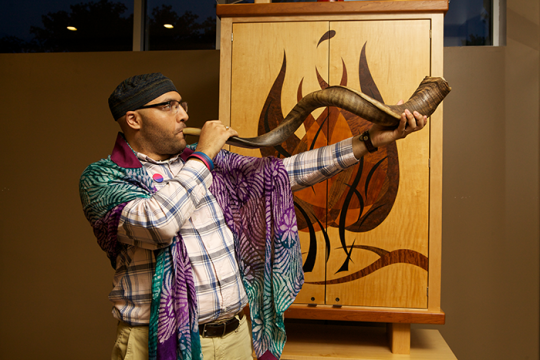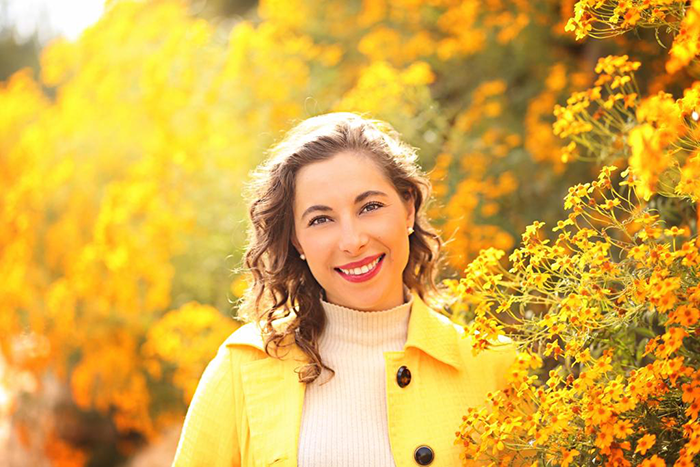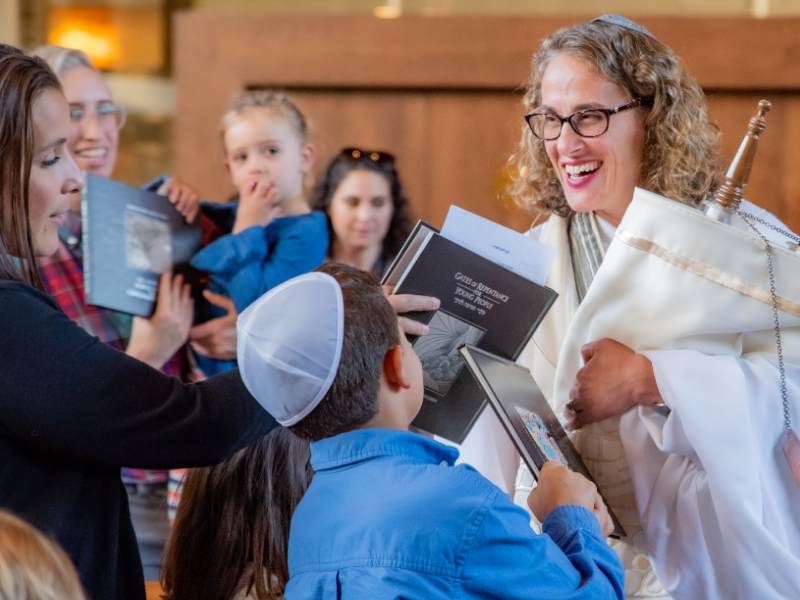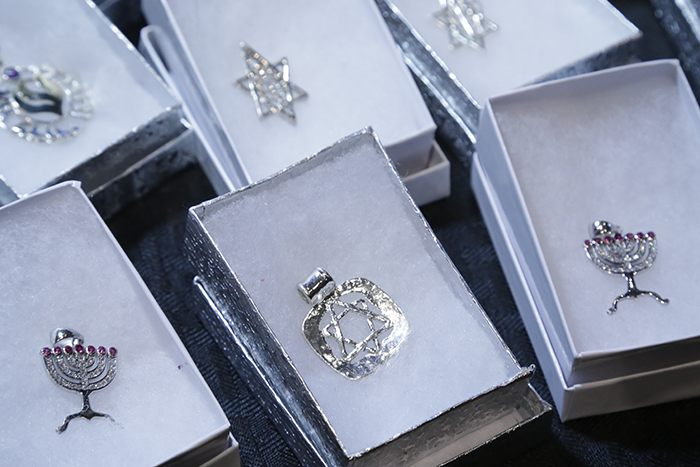
In a world where identity and culture are increasingly celebrated, wearing symbols of one's heritage has become a powerful way to express pride and connection. For Jews, wearing Jewish symbols in the face of rising antisemitism and hostility can be particularly meaningful. Here are six symbols that you can wear to show your Jewish pride.
1. The Star of David
The Star of David (or in Hebrew, Magen David, which translates to "Shield of David"), is one of the most recognizable Jewish symbols. This six-pointed star, formed by two interlocking triangles, has its roots in Jewish mysticism and has become a universal symbol of Jewish identity and protection.
Fun fact: Israel's national ambulance and emergency service is called Magen David Adom, the Red Star of David!
2. The Menorah
The seven-branched menorah or candelabrum is described in the Bible as having been an essential fixture of the Jerusalem Temple.
The oldest known depiction of a seven-branched menorah is a carving found in the ancient synagogue near the Sea of Galilee, and dates from the first century.
Fun fact: the menorah is Israel's national symbol and appears on some Israeli coins.
3. The Hamsa
The hamsa is an ancient Middle Eastern symbol that has been adopted by Jewish communities worldwide. Depending on how it's positioned, this hand-shaped amulet is believed to ward off evil (if the fingers are facing up) and bring good fortune (if the fingers are pointed downwards). The hamsa often features an eye in the center of the palm, symbolizing protection and blessings. The hamsa is also known as Yad Miriam (Hand of Miriam) in some North African and Middle Eastern Jewish communities, named after Miriam, the sister of Moses and Aaron. Miriam is associated with protection, as she watched over her baby brother Moses when he was placed in a basket in the Nile River to escape Pharaoh's decree to kill Hebrew infants (Exodus 2:1-10). By ensuring baby Moses's safety, Miriam enabled the eventual freedom of the Israelites from slavery in Egypt to the Promised Land in ancient Israel.
Fun fact: Other religious communities also claim the hamsa as a symbol of protection and good fortune, referring to it as the hand of Fatima (Muslim), hand of Mary (Christian), or in other ways.
4. Chai
The Chai symbol, featuring the Hebrew letters chet and yod ( חי), represents the word "life" in Hebrew.
Fun fact: In Jewish tradition, it's customary to give gifts or charity in multiples of 18, which is the numerical value of the word "chai," symbolizing the gift of life.
5. Pomegranate
The pomegranate is a symbol rich in Jewish tradition, representing abundance, fertility, and prosperity. With its numerous seeds, the pomegranate is also often associated with the 613 commandments in the Torah.
Fun fact: Pomegranates are one of the Seven Species mentioned in the Torah as special products of the Land of Israel (Deuteronomy 8:8), highlighting their significance in Jewish culture and tradition.
6. Dove
The dove is a symbol of peace and hope in Jewish tradition, associated with the story of Noah's Ark. In Genesis 8:11, Noah sends out a dove from the Ark; when the dove returns with an olive leaf, Noah knows that the waters have receded. In the context of Israel, the dove can represent a desire for shalom(peace) between Israel, the Palestinian people, and neighboring Arab communities.
Fun fact: In Jewish tradition, doves are also considered symbols of innocence and purity. They were often used as sacrifices in the Temple in Jerusalem, highlighting their importance in Jewish ritual and symbolism (Leviticus 1:14).
These symbols offer a range of ways to express Jewish pride and connection. Whether you're drawn to the historic significance of the menorah or the protective powers of the hamsa, wearing Jewish symbols can be a meaningful way to showcase your identity and values.
Related Posts
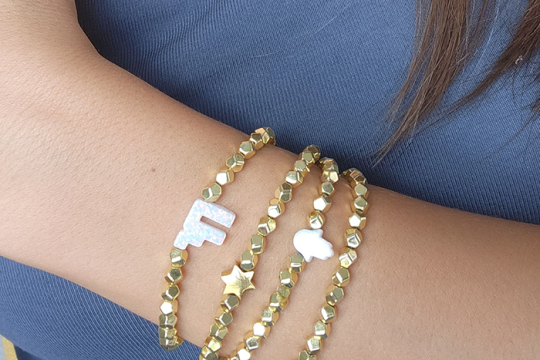
Wearing Strength: Jewelry as a Symbol of Jewish Resilience
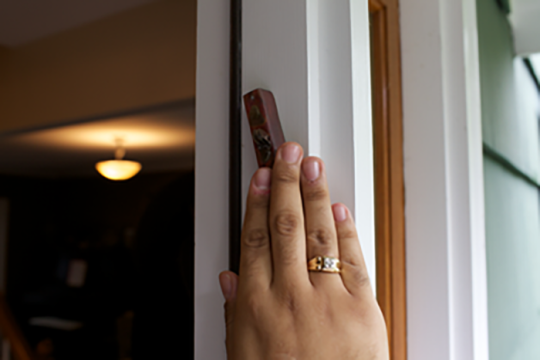
5 Jewish Touchstones for Your Home
